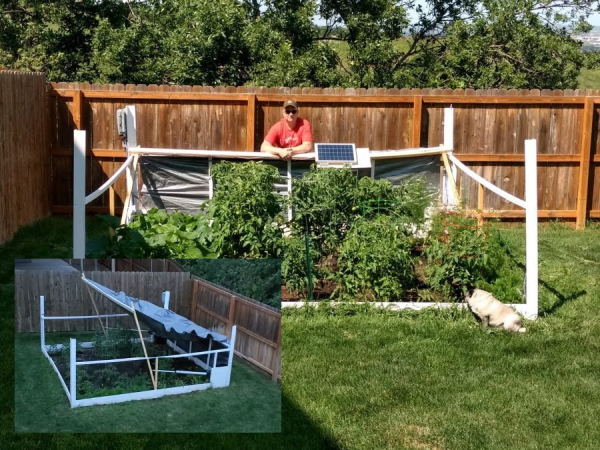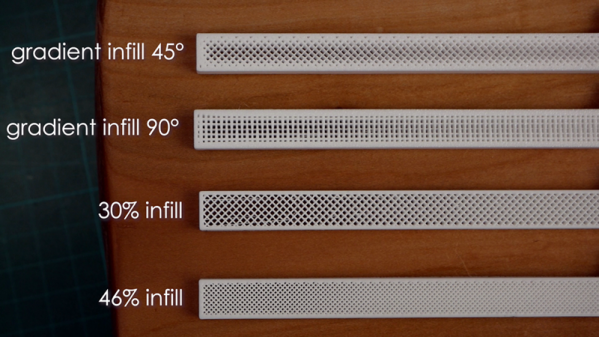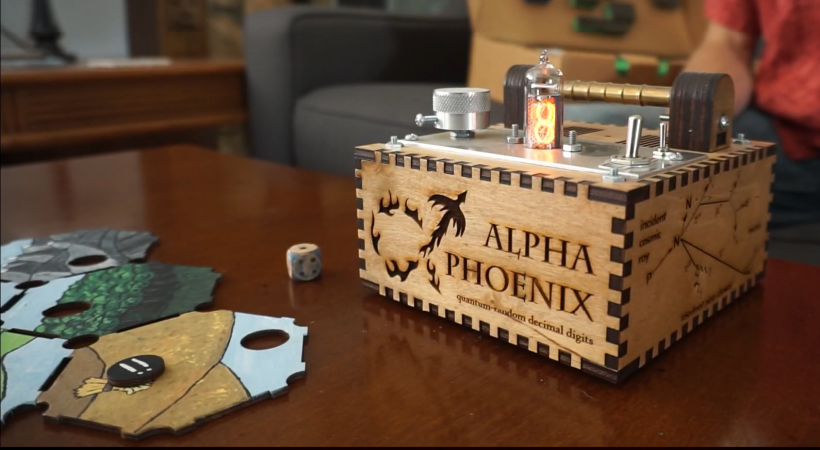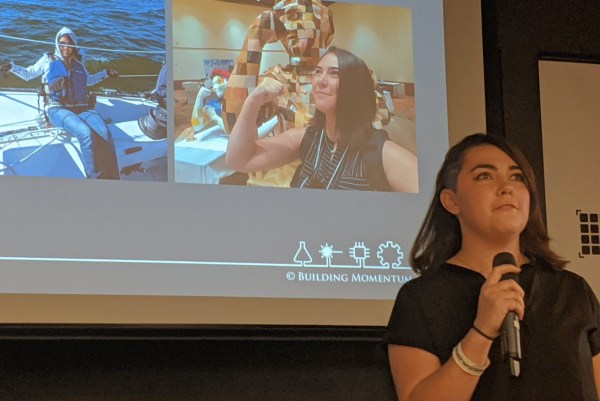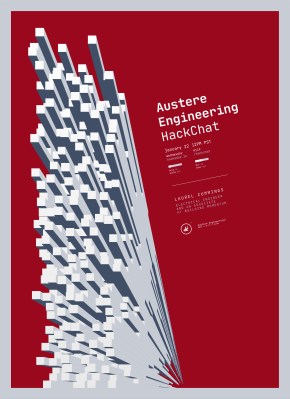Building and maintaining a garden takes a lot of work. And unless you have a greenhouse, you’re forced to leave your hard work outside to fend for itself against the double-edged sword of the elements. Rain and sun are necessary, but hard, pelting hail is never welcome. Just ask [Nick Rogness]. He didn’t go through all the trouble of building a 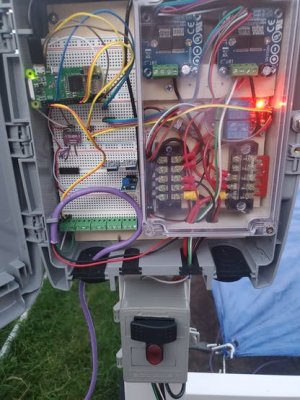 12’x12′ garden and planting tasty vegetables just to have Mother Nature spew her impurity-filled ice balls on it every other night during the summertime.
12’x12′ garden and planting tasty vegetables just to have Mother Nature spew her impurity-filled ice balls on it every other night during the summertime.
[Nick] did what any of us would do: fight back with technology. His solution was to build a retractable roof that covers the garden with a heavy duty tarp. A Raspberry Pi Zero W controls pair of linear actuators via motor controllers, and [Nick] put a limit switch in each of the four corners to report on the roof status. He can run the roof manually, or control it with his phone using MQTT. The whole thing runs on a 12V marine battery that gets charged up by a solar panel, so part of the interface is dedicated to reporting the battery stats.
[Nick] ran out of time to implement all the features he wanted before the season started, but there’s always next year. He has big plans that include soil moisture sensors, rain detection sensors, and an automatic watering system that collects and uses rain water. We planted the bite-size demo video for you after the break — just wash the dirt off and you’re good to go.
Maybe someday [Nick] will create a system that can automate the entire garden, like the FarmBot. Hey, we’re just trying to plant seeds of ideas.

